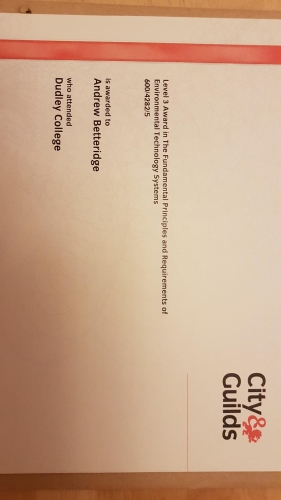FlyWheel:
Yes, house has had a major upgrade, including insulation, and I agree, pool load time spreading, particularly during the “warmer” nights, should be possible (and use any advantages of economy 7 too perhaps), but I’ll be advising them separately on that as part of general home energy plan advice (a pet subject of mine, another hobby in retirement, and included me taking the C&G level 3 “Energy Efficiency for Domestic Heating” course. venue, Potterton Boilers, followed by associated seminars at the Building Research Establishment and heat pump seminars at Mitsubishi). Perhaps I should start a separate “Pro’s and Con’s of Domestic Air Sourced heat pumps thread if there is not one already), the things we do in retirement!

We're about to take you to the IET registration website. Don't worry though, you'll be sent straight back to the community after completing the registration.
Continue to the IET registration site